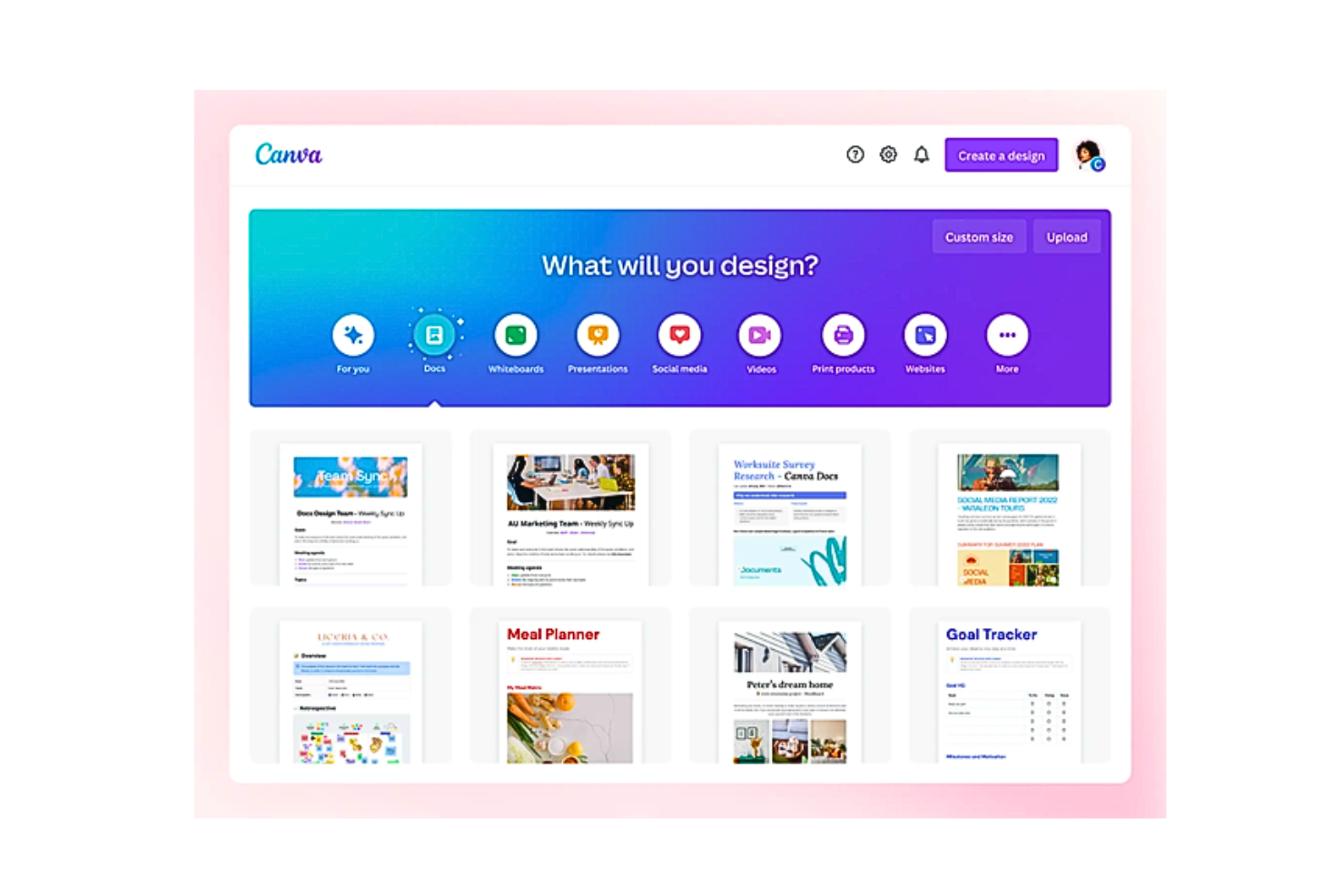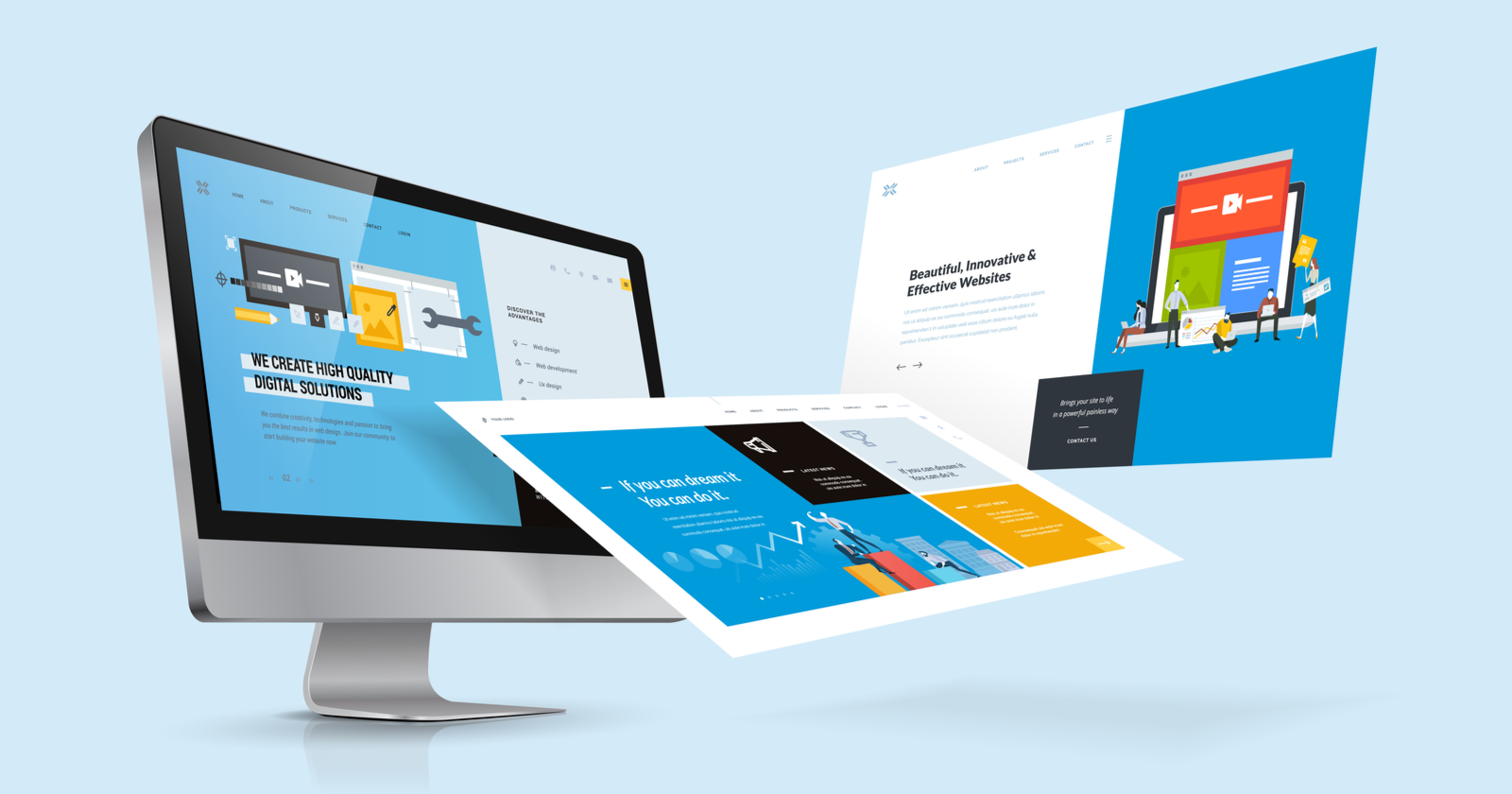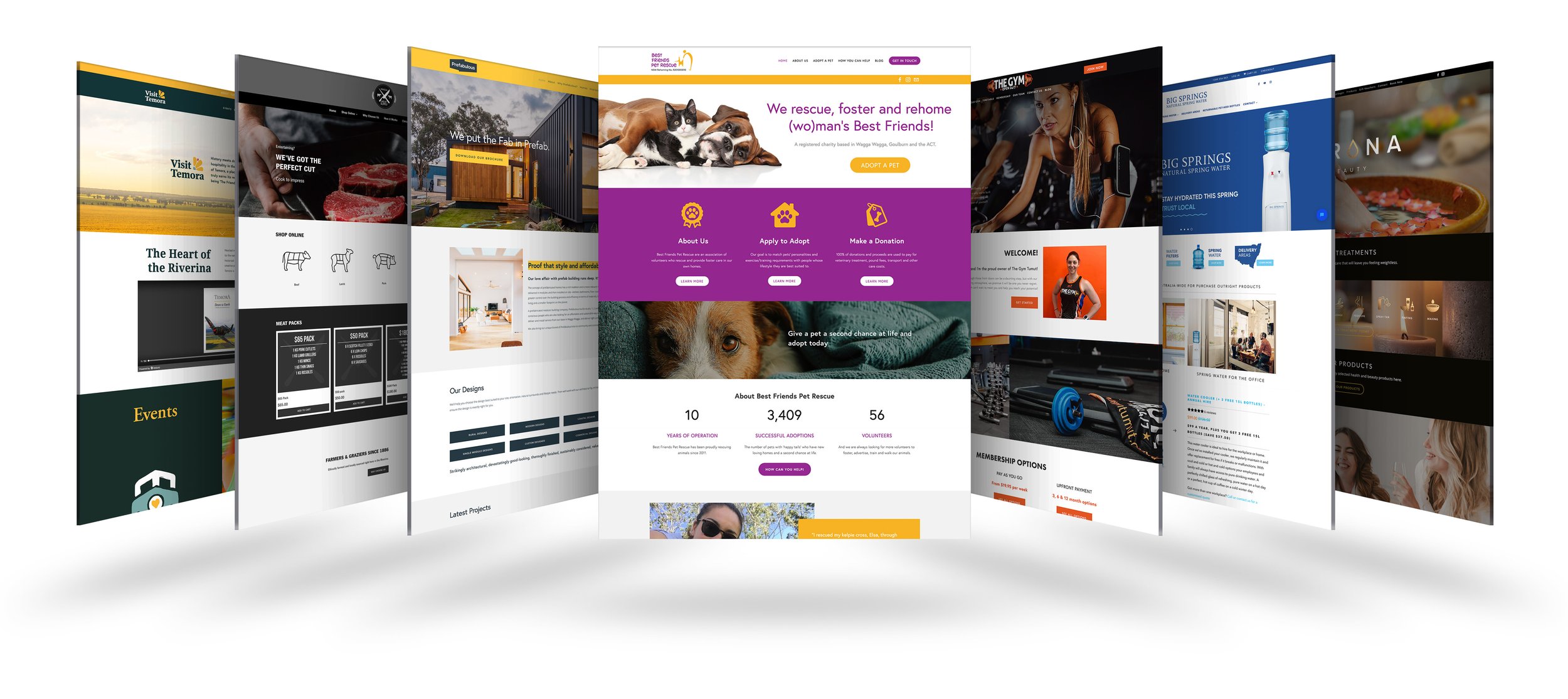
Crafting a User-Friendly Experience: Essential Aspects of Effective Web Site Design
In the realm of internet site style, the relevance of crafting an user-friendly experience can not be overemphasized. Vital aspects such as a clear navigating structure, receptive layout concepts, and quickly packing times act as the structure for engaging users properly. An user-friendly individual interface coupled with easily accessible content guidelines makes certain that all people, regardless of capacity, can navigate with simplicity. Yet, despite these essential concepts, several sites still fail in providing this seamless experience. Understanding the hidden aspects that add to effective style can clarify exactly how to improve customer complete satisfaction and engagement.
Clear Navigation Framework
A clear navigation framework is fundamental to efficient internet site style, as it straight influences individual experience and involvement. Users ought to have the ability to locate information easily, as instinctive navigation decreases frustration and motivates expedition. An efficient format allows visitors to comprehend the connection in between various pages and content, causing longer website visits and enhanced communication.
To attain quality, designers ought to employ familiar patterns, such as side or leading navigating bars, dropdown food selections, and breadcrumb routes. These elements not only boost usability but likewise give a sense of orientation within the site. Keeping a regular navigating framework across all pages is vital; this knowledge aids customers anticipate where to find desired info.
In addition, integrating search performance can further assist individuals in locating details material quickly. In recap, a clear navigation framework is not simply a design selection; it is a tactical element that considerably impacts the overall success of a web site by cultivating a delightful and reliable user experience.
Responsive Style Concepts
Effective site navigation sets the phase for a smooth user experience, which becomes much more critical in the context of responsive design concepts. Responsive design makes certain that internet sites adjust fluidly to different screen sizes and orientations, boosting availability throughout tools. This versatility is achieved with adaptable grid designs, scalable pictures, and media inquiries that allow CSS to adjust styles based on the gadget's features.
Trick principles of responsive layout consist of liquid layouts that utilize percentages rather than dealt with devices, guaranteeing that components resize proportionately. Additionally, employing breakpoints in CSS enables the layout to transition smoothly between various device dimensions, enhancing the layout for each display kind. Using responsive photos is additionally crucial; photos must instantly adapt to fit the screen without losing high quality or triggering format shifts.
In addition, touch-friendly interfaces are critical for mobile customers, with sufficiently sized switches and user-friendly motions enhancing user communication. By incorporating these concepts, designers can produce web sites that not only look visually pleasing however also provide functional and interesting experiences across all tools. Eventually, efficient responsive layout promotes user satisfaction, lowers bounce rates, and encourages longer engagement with the web content.
Quick Loading Times
While users significantly anticipate websites to fill swiftly, fast packing times are not just an issue of benefit; they are essential for preserving visitors and boosting overall customer experience. Research study shows that individuals typically desert websites that take longer than three secs to load. This desertion can result in boosted bounce rates and reduced conversions, ultimately hurting a brand name's credibility and earnings.
Fast packing times boost individual involvement and satisfaction, as site visitors are extra likely to explore a site that reacts swiftly to their interactions. In addition, internet search engine like Google prioritize speed in their why not look here ranking formulas, indicating that a sluggish website might battle to attain exposure in search engine result.

User-friendly Individual Interface
Fast loading times lay the foundation for an interesting online experience, yet they are only part of the formula. An instinctive interface (UI) is vital to make sure visitors can browse an internet site effortlessly. A well-designed UI enables individuals to achieve their goals with marginal cognitive lots, cultivating a smooth interaction with the website.
Crucial element of an instinctive UI include constant design, clear navigating, and recognizable icons. Consistency in design elements-- such as color design, typography, and button styles-- aids individuals understand just how to engage with the web site. Clear navigation frameworks, including sensible food selections and breadcrumb tracks, make it possible for individuals to find information swiftly, decreasing frustration and boosting retention.
Furthermore, feedback devices, such as hover effects and filling indications, notify users regarding their activities and the web site's action. This transparency cultivates depend on and encourages continued interaction. Focusing on mobile responsiveness ensures that users take pleasure in a natural experience throughout tools, catering to the diverse methods target markets gain access to web content.
Accessible Content Standards

First, make use of straightforward and clear language, avoiding jargon that might puzzle readers. Emphasize proper heading structures, which not only help in navigating yet likewise help screen readers in analyzing material power structures properly. In addition, supply alternative text for pictures to convey their definition to individuals who depend on assistive modern technologies.
Contrast is an additional important aspect; make sure that text attracts attention versus the background to enhance readability. Furthermore, guarantee that video and audio material includes captions and records, making multimedia obtainable to those with hearing disabilities.
Lastly, incorporate keyboard navigability right into your style, allowing users that can not utilize a computer mouse to access all website features (website design). By adhering to these easily accessible content standards, internet designers can create inclusive experiences that provide to the demands of all customers, ultimately improving user engagement and fulfillment
Conclusion
Finally, the integration of necessary elements such as a clear navigating framework, receptive style concepts, quickly filling times, an user-friendly interface, and available material guidelines is essential for creating an user-friendly site experience. These elements jointly enhance functionality and interaction, making sure that individuals can easily navigate and interact with the website. Prioritizing these layout components not just boosts overall fulfillment however also fosters inclusivity, accommodating varied user needs and choices in the electronic landscape.
A clear navigation structure is fundamental to reliable internet site layout, as it straight influences user experience and interaction. In summary, a clear navigating framework is not simply a layout selection; it is a calculated aspect that substantially affects the total success of a web site by promoting a enjoyable and efficient customer experience.
Additionally, touch-friendly interfaces are essential for mobile users, with sufficiently sized buttons and instinctive gestures boosting customer communication.While individuals increasingly anticipate sites to load quickly, quickly packing times are not simply an issue of ease; they are necessary for keeping site visitors and enhancing overall user experience. website design.In final thought, the integration of crucial elements such as a clear navigation framework, responsive style concepts, fast loading times, an instinctive user interface, and obtainable content standards is essential for creating a straightforward website experience